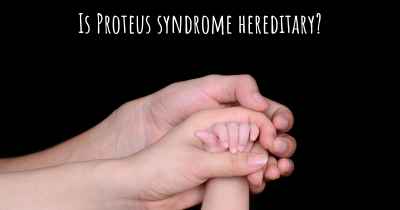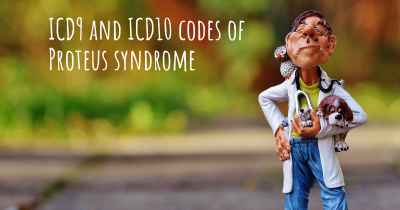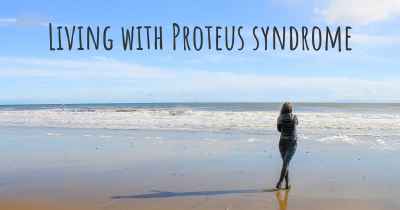What is the history of Proteus syndrome?
When was Proteus syndrome discovered? What is the story of this discovery? Was it coincidence or not?

Proteus syndrome is an extremely rare genetic disorder characterized by the overgrowth of various tissues in the body. It was first described in 1979 by Dr. Michael Cohen, who named it after the Greek sea god Proteus, known for his ability to change shape. The syndrome gained significant attention when it was featured in the 1980 film "The Elephant Man," as it shares some similarities with the condition of Joseph Merrick, the film's protagonist.
The exact cause of Proteus syndrome remained unknown for many years. However, in 2011, researchers discovered that the condition is caused by a spontaneous mutation in the AKT1 gene. This gene plays a crucial role in regulating cell growth and division. The mutation leads to the overactivation of the AKT1 protein, which disrupts normal cellular processes and results in the characteristic overgrowth seen in Proteus syndrome.
The first documented case of Proteus syndrome dates back to the late 19th century. In 1883, Sir Archibald Garrod, a British physician, described a patient named Joseph Merrick, also known as the Elephant Man, who exhibited severe deformities and overgrowth of various body parts. While Merrick's condition was initially thought to be due to neurofibromatosis, it is now believed that he actually had Proteus syndrome.
Over the years, several other cases of Proteus syndrome were reported, but it wasn't until Dr. Michael Cohen's groundbreaking publication in 1979 that the syndrome was officially recognized as a distinct disorder. Dr. Cohen described the clinical features of Proteus syndrome based on his observations of several patients. He noted the asymmetric overgrowth of bones, skin, and other tissues, as well as the increased risk of developing tumors.
Since then, the understanding of Proteus syndrome has significantly advanced. The identification of the AKT1 gene mutation in 2011 provided a crucial breakthrough in unraveling the underlying genetic basis of the disorder. This discovery has allowed for more accurate diagnosis and genetic testing for Proteus syndrome.
The diagnosis of Proteus syndrome is primarily based on clinical features and physical examination. The overgrowth of tissues typically begins in infancy or early childhood and progresses over time. The affected areas can vary widely between individuals, but commonly involve the limbs, face, and trunk. Asymmetric overgrowth is a hallmark of the syndrome, with one side of the body being more affected than the other.
In addition to tissue overgrowth, individuals with Proteus syndrome may experience other complications. These can include skeletal abnormalities, such as scoliosis or limb length discrepancies, vascular malformations, intellectual disability, and an increased risk of developing tumors, particularly benign tumors known as hamartomas.
The management of Proteus syndrome is primarily focused on addressing the specific symptoms and complications experienced by each individual. Treatment options may include surgical interventions to correct skeletal abnormalities or remove tumors, physical therapy to improve mobility and function, and supportive care to address any associated medical issues.
In recent years, there have been significant advancements in our understanding of Proteus syndrome, thanks to ongoing research efforts and the collaboration of scientists and clinicians worldwide. The development of targeted therapies that aim to inhibit the overactive AKT1 protein is currently being explored, offering hope for potential future treatments.
In conclusion, Proteus syndrome is a rare genetic disorder characterized by tissue overgrowth caused by a mutation in the AKT1 gene. It was first described in 1979 by Dr. Michael Cohen, and its recognition as a distinct disorder has since led to significant progress in understanding and managing the condition. While there is currently no cure for Proteus syndrome, ongoing research holds promise for improved treatments and outcomes for affected individuals.








